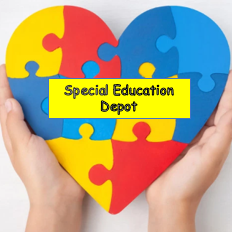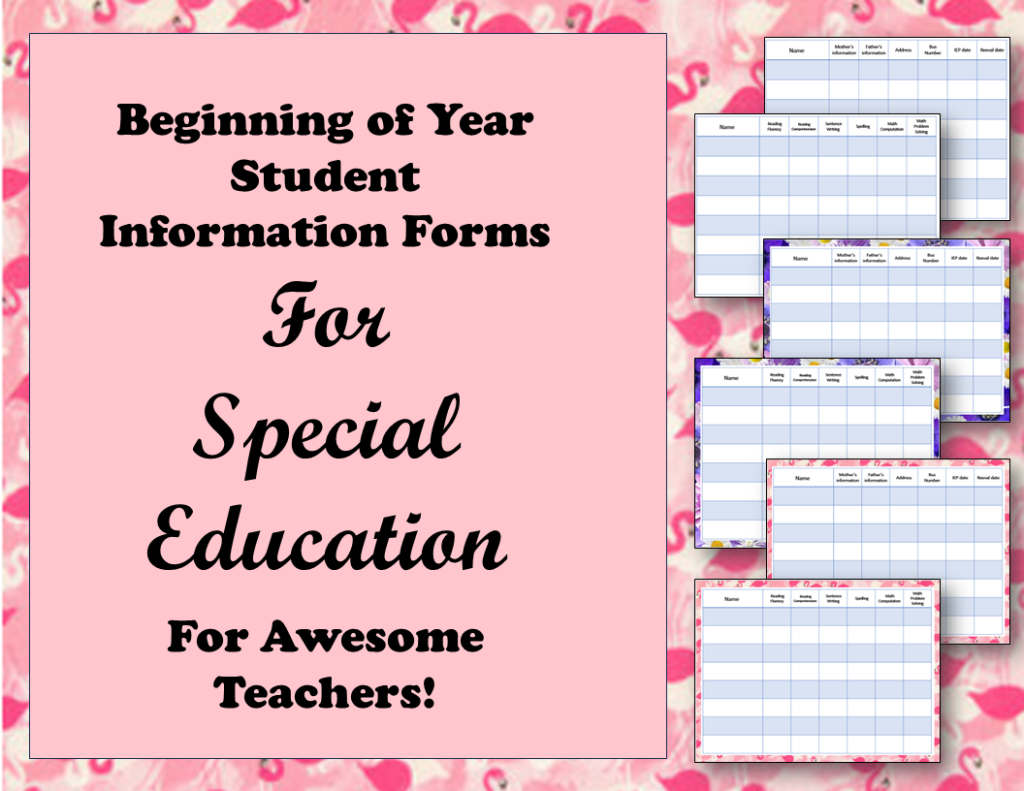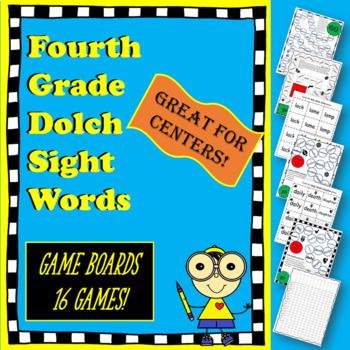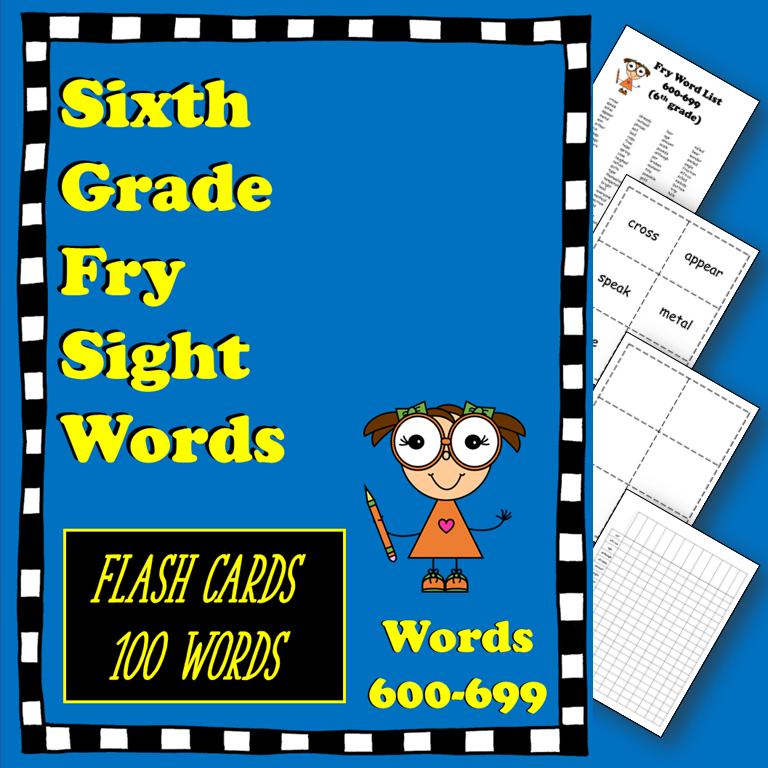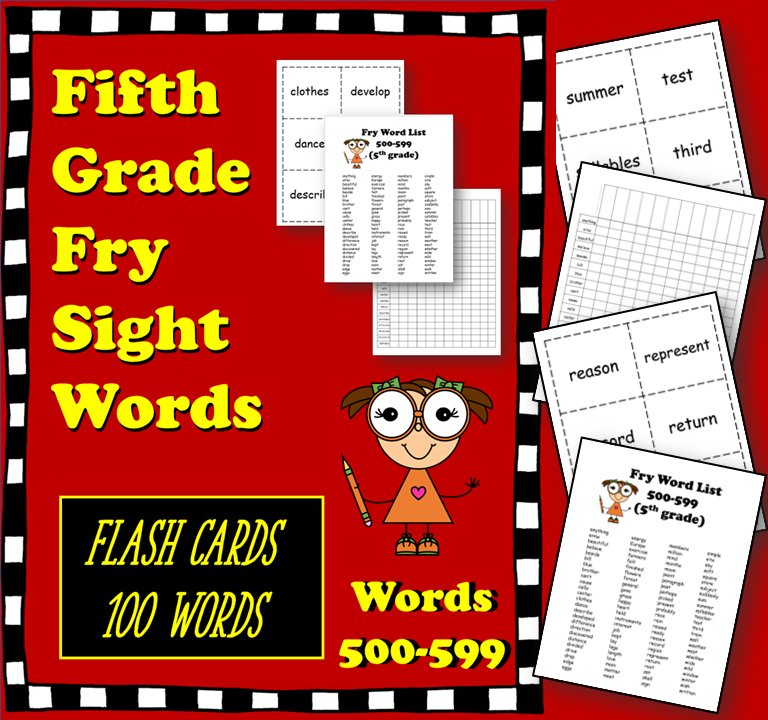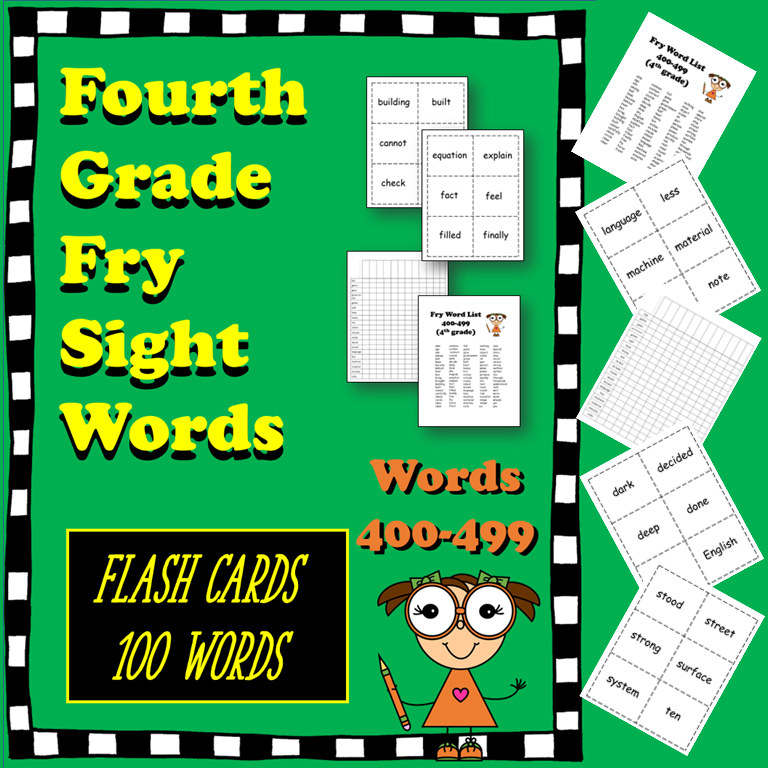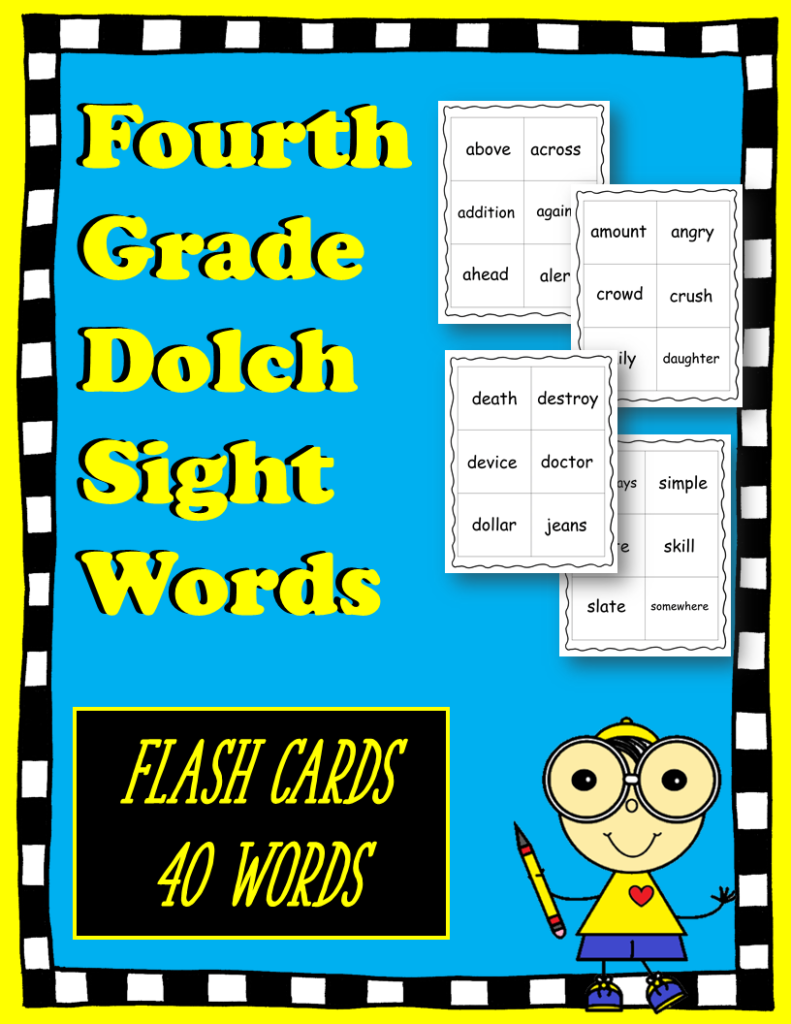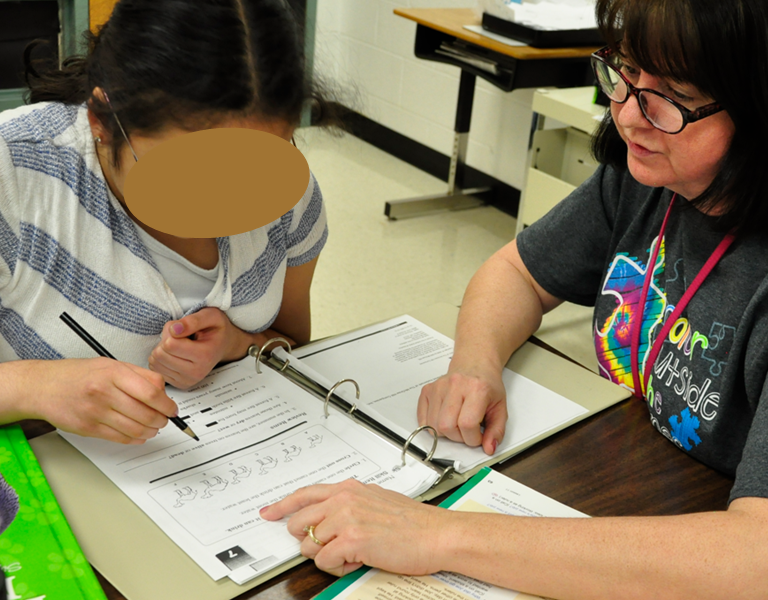The 3rd Most Important Thing for Self-Contained Autism and Intellectual Disabilities Teachers: IEPs
CLASSROOM, SETTING UP YOUR CLASSROOM, TEACHER
IEPs are a necessity of our jobs. Our whole purpose in education is to collect data, create goals, measure progress, and use even more data to report out to parents, administrators, support staff, and other teachers. IEPs are why we get up every morning and why we collapse into bed every night.
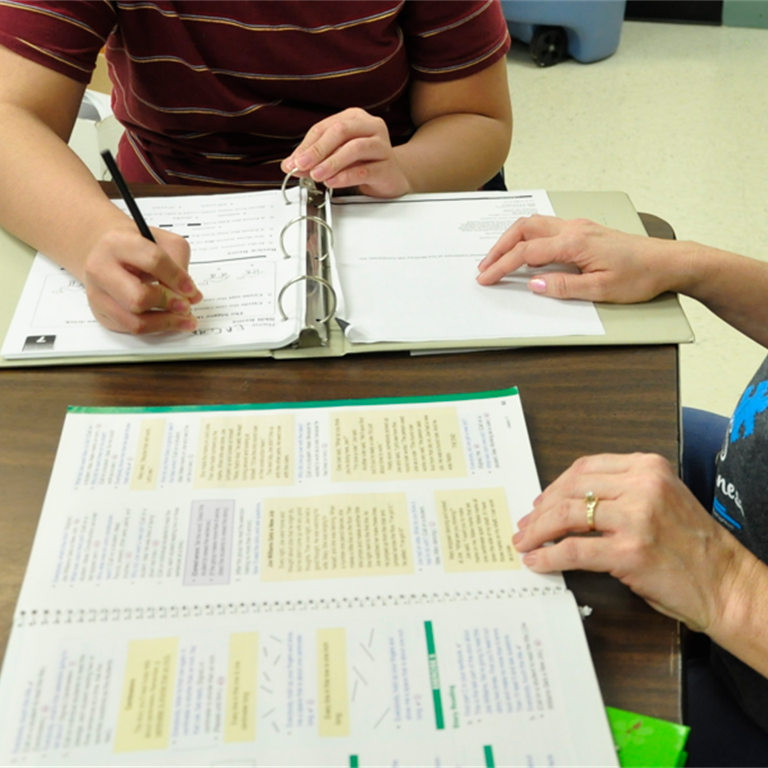
Ok, that previous statement was not 100% correct. We also have evidence-based programing and state mandated standards. But sometimes, if we are really lucky, we are able to forget all that paperwork and just enjoy working with our awesome students.
Up to now we have covered the programs and standards, it’s time to jump into IEP’s. Now, if you have been doing this for a while, just bear with me while I go over the basics and remember your first few years of teaching when you wished that you had someone to help you figure things out.
Everything begins with the Brigance Assessment

I am going to begin with the Brigance testing that you completed during the first few weeks of school. You should have an idea of where your students are in terms of reading fluency and comprehension age or grade levels, depending on if you are using the yellow book (Inventory of Early Development) or the green book (Inventory of Basic Skills). An easy way to think of this is that the yellow book measures age levels beginning in the months and years, (as in something like 6 months of age, or 3.5 years). The green book measures grade level starting with pre-primer and going to 9th grade, (as in oral reading at the lower 1st grade).
Hint- If you are unsure of where to begin, look at the student’s previous IEP and find the age/grade levels from there. If it is written correctly, it will have the assessment that was given and where the student placed.
Sometimes a student will complete assessments from both the yellow and green books, so be prepared to use both if needed.
Brigance done (and recorded somewhere that is EASY FOR YOU to access-, such as my free beginning of the year data collection set found here, so that you can answer the inevitable question, “what is Johnny’s reading fluency?”), you then look at progress toward previous goals. Did the student reach mastery? If not, where are there still deficit areas? If the student did not reach mastery, how long have they had that goal? Should the goal be lessened, extended, or scrapped? Regardless of what you do with Johnny’s goal, you need to be able to justify why you have done what you have done.
So, using Johnny as an example, let’s say that his reading fluency is at the third-grade level. You know this because he placed third grade on his Brigance Oral Reading assessment (in the green book), and he has mastered his third-grade sight word goal from his previous IEP. Since Johnny is in 7th grade and only reading at the third-grade fluency level, he needs more practice and instruction in fourth-grade oral reading.
Now, what if Johnny is non-verbal.
Wait, what? If he’s non-verbal, how do we find out where he orally reads at?
For some students, you can only go by the words that they receptively identify. This means that they can choose a word out of a field when asked. They can hear and understand the word that you are asking for, but they are unable to verbalize it. For our students with Autism, it is important to give them opportunities to receptively identify words.
On the other hand, I have had students, again usually with Autism, that struggle to verbalize words, but can verbally read a sentence if it is printed and in front of them. For instance, I have a student this year (my “pacer,”) that is orally reading at the fourth-grade level. He cannot verbally tell me that he needs a break, to use the restroom, or is hungry, but he can read printed paragraphs. I was so excited when I discovered this that he and I went to the principal to demonstrate his skills. My pacer was so proud of himself!
The moral of the story is that you need to be aware of your student’s receptive and expressive language abilities and needs. I have two “whisperers” this year. They can read the paragraphs of the assessment, but they are so quiet about it that I can barely hear them. So, I need to test them in a quiet room. You may need to provide reinforcement between reading sections, or you may only be able to complete one section a day. You may need to enlarge the text, or you may need to present one word at a time on index cards. There are any number of things that you need to do to make sure that your students can access an assessment.
I know I keep going to Brigance, and there is a reason for it. It is one of the foundations of how you teach reading in your classroom, and it’s an important piece of that all-important DATA.
Back to IEP goals.
Easy Fluency Data Collection for Older Readers
One thing that I have noticed over the years is that there are lots of resources available to teach sight words up to 3rd grade. Once you get to fourth grade Dolch and 400 and up Fry sight words, there isn’t a lot available to purchase and/or download. Because of this, I have created my own materials. I have Dolch up to 4th grade flashcards and gameboards, as well as 4th grade Fry 400-499 and 5th Grade Fry Sight Words 500-599 including matching data sheets. As I have new students with new needs, I create materials to cover the basics, such as sight words. I just created Fry 600-699 materials. All my sight word resources can be found here.
Once you have your reading fluency level, you can set up your IEP baskets. I use baskets, but you can use bins, bags, binders, or anything else that helps you with organization. In each basket should be all materials needed to teach each goal and objective for that student. This should be in an easy to grab place and include even office supplies, such as pencils, scissors, and glue. I have a whole post on what IEP baskets should look like that I will be putting up soon.
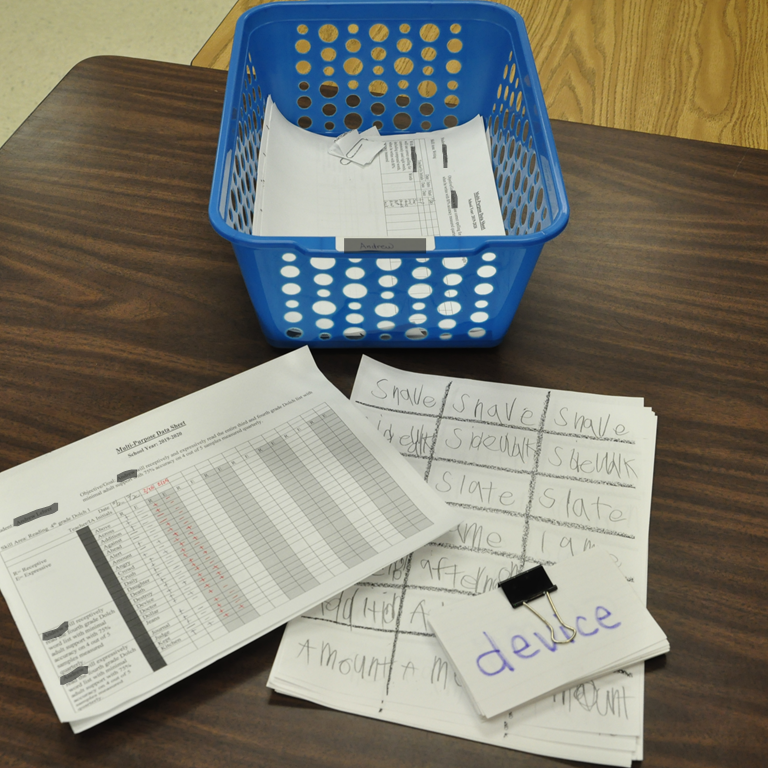
Almost every one of my students has a sight word goal. In each basket I have a stack of index cards with the sight words printed on them and a data sheet. Each student has their own set of cards. No one shares cards even though several students may be working on the same level. Each data sheet has every sight word (obviously), and room to record an “E” for expressive language, or an “R” for receptive language.
Now, there is a very specific way to do this.
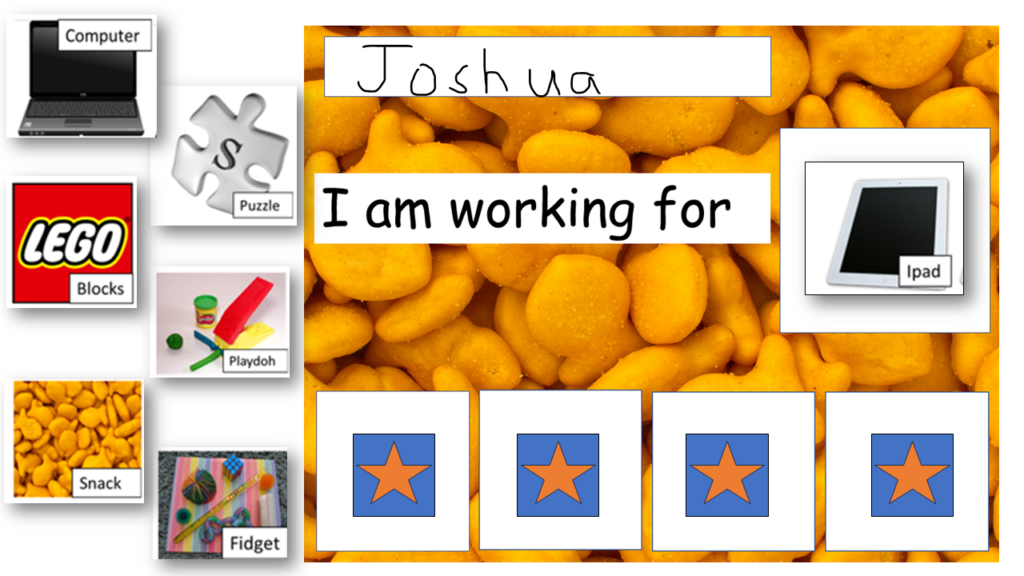
First, begin with letting the student choose a reinforcer. It could be anything, but within a few weeks of school you will have a good idea what they will choose. When the student has a token board, make sure there is something on it to represent the student’s choice. If possible, have the actual reinforcer there with you. If not use a picture of it, or at the very least, write it down on the token board using a vis-a-vis or dry erase marker. As a side note, MAKE SURE A TOKEN BOARD IS IN THE IEP BASKET if the student uses one. There is nothing worse than having a kid in front of you, attending and ready to learn, and you need to stop to find a token board. It totally ruins the flow.
Ok, on to the second step.
Collecting Cold Probe Data
Present the words to the student one at a time and determine if they can read it. For this step we are looking at expressive identification. The idea is that if they can expressively identify a word, they can already receptively identify it. Place the words that they can expressively identify (i.e. verbally read) into one pile and the ones that they are unable to verbally read into another pile. When the student is on reinforcement, place an “E” onto the data sheet next to the words that the student can verbally read.
Third, when the student comes back from reinforcement, present the cards to them with the words that they could not expressively identify. Lay out a field of cards and say one card to find. Then ask the student to hand you that card. For example, using the fourth grade Dolch sight words, lay out a field of four cards. One is the word you want them to identify and the other three are distractor cards. The word you want them to identify is destroy. The distractor words are shall, hope, and dollar. Say “give me the word destroy.” Have the student hand you the card. This uses a motor movement to connect to the word and help the student to remember it, and it takes out any ambiguity on if they really know the word. If you are teaching using errorless learning, it also gives you an action to build off of to direct the student to the correct word. When the student is on reinforcement, place an “R” onto the data sheet next to the words that the student can verbally read.
Now that you have your COLD PROBE DATA, you can move onto the next step, which is teaching the words.
Teaching the Sight Words: Do What You Do Best!
The fourth step is the fun step. Now you can just play with the words. You can use just about any method to teach the words, so long is your student is manipulating them. Sight words can be cut and pasted, rainbow colored, built using tiles, and written with chalk. I have game boards that I have created to teach them. If you want game boards, I have them here: Sight Words- Fourth Grade- Game Boards by Special Education Depot
Do as many activities as you can in the time allotted. Usually, a student who has a fluency goal will also have a comprehension goal. I will often choose reading passages that have the sight words in them. This kills two birds with one stone, so to speak. When you are done, put all the materials back into the students IEP basket (including pens, paper, scissors, glue, and other supplies,) so that everything is ready to go the next time you use them.
Now, when the parent asks how their child is doing with their fluency goal, you can grab your data sheet and have the information at your fingertips.
BOOM! IEP goals: Done!
This ends my six-part series on the three things that you need to know to survive and thrive in a self-contained autism and intellectual disabilities classroom. I hope this information was helpful and will make your life in your classroom just a little bit easier. In my next post I am going to dive into how to teach science in a self-contained classroom. I am the lead teacher in a low incidence special education team, so everything that I show you are things that I currently use in the classroom. I am posting here as often as I can while still holding down the fort at school. Please check back here often for new articles. Upcoming topics are:
- How to Effectively Use IEP Baskets or other Systems
- What is Brigance and Why Do I Need It?
- They Gave Me Two Assistants, What Am I Supposed to Do with Them?
- The 4 Things That You Need for Teaching an Amazing Autism and Intellectual Disabilities Science Classroom
- What is Executive Functioning and How Do I Teach It?
- The 3 Most Important Things Parents Need from Their Child’s Special Education Teacher.
If you have questions, please comment below. That way your questions may help other teachers as well! Or, if you don’t want your questions to be public, you can always e-mail me at michelle@specialeducationdepot.com.
